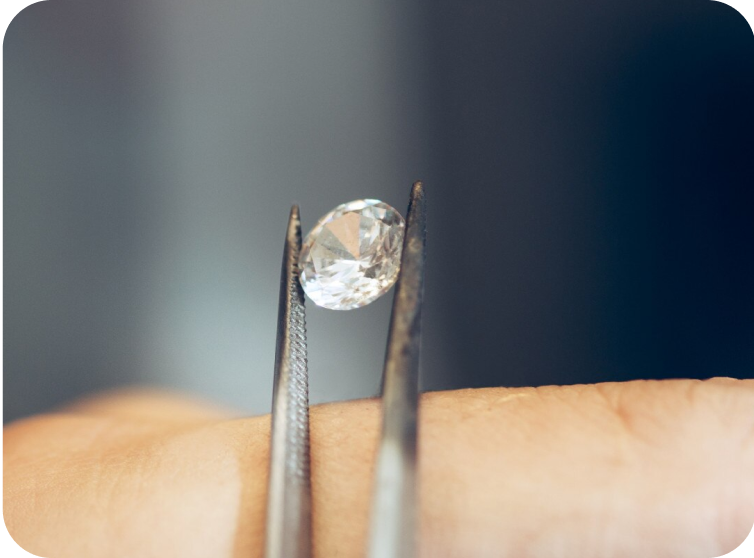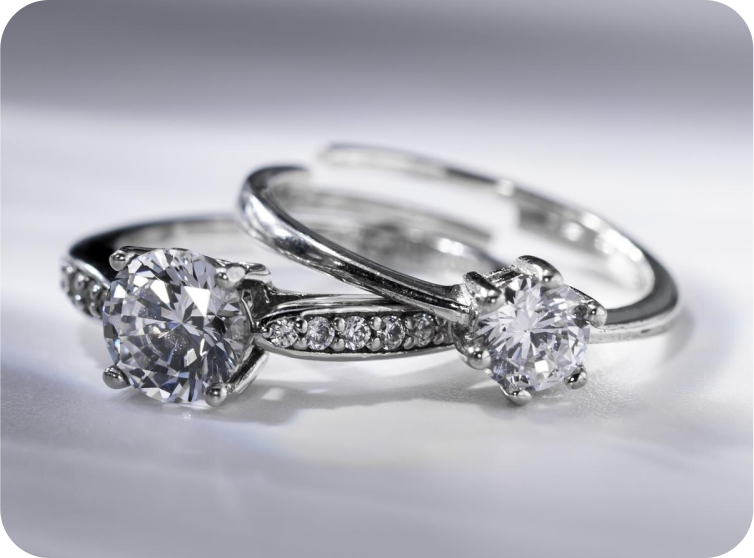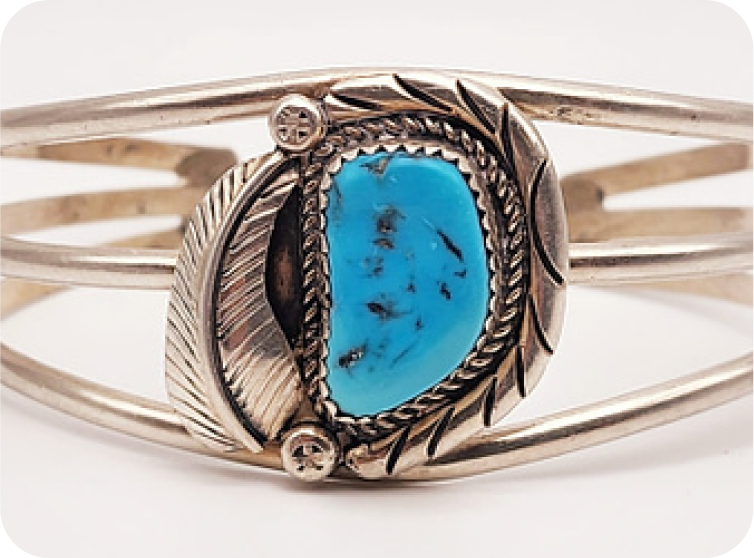What is a Karat?
A Karat is the unit which measures the “purity” of gold, meaning, how much of a metal is gold. Since karats are based on dividing gold into 24 parts, any number of karats can be divided by 24 to find the percentage purity. 24 karat gold (24K) is the purest measurement possible, at 100% gold. Ratings lower than 24 karat, means the metal is a mixture of gold and other metals, such as 18 karat (18K), which is 75% gold and 25% other metals. 14 karat (14K) contains just 58% gold, and 42% other metals. 10 karat gold (10K) is the minimum karat that can be legally labeled and sold as “gold jewelry” in many countries, including the United States, because 10 karat gold is only 41.7% pure gold (which is less than half). Some gold-filled or gold-plated jewelry pieces contain even smaller percentages of gold, but they do not qualify as “solid gold jewelry”.
What are the Meanings and Origins of Gold Jewelry Symbols?
The idea to use karats as a way to measure the purity of gold has been around for thousands of years and has been used by many early and current civilizations. The ancient Egyptians figured out that different gold alloys had different properties and colors and so they started using a unit to measure gold purity that they called “kite”. This word then evolved into what we know today as “karat”. This karat system was based on the idea of dividing gold into 24 parts, with the purest gold being 24 karats and if any parts were not pure gold, this would reduce the amount of overall karats. For example, if three parts were other metals that were used to strengthen the gold, the piece would be 21 karat gold. This system was so simple to understand and use that it spread in popularity to other regions and cultures and still exists as the system to measure gold purity that we use today.
The numbers found on gold show the measurement of gold purity. Here are a few common symbols used and their meanings:
- “K” or “kt.” : Karat
- “24K” (24 Karat): Gold that is 24 karat is considered pure gold.
- “18K” (18 karat gold): Contains 18 parts pure gold and 6 parts other metals, making it 75% pure gold
- “14K” (14 karat gold): Contains 14 parts pure gold and 10 parts other metals, making it 58.3% pure gold
Fineness Markings are also used in countries that do not indicate gold purity using “karats”. Instead, the gold purity, or “fineness” is shown as a three-digit number that indicates the percentage of gold purity. This means that a gold piece showing “750”, for example, would be 75% gold, as it is 750 parts per thousand.
Hallmarks are also used to indicate the manufacturer or country of origin. These Hallmarks can be logos or symbols stamped onto the gold jewelry, which can vary by country or region. In the United States, for example, many common hallmarks are simply the manufacturer’s initials, or their registered trademark.
One should always take note of the gold jewelry’s country of origin, due to the marking variances among country and regional regulations, as well as the manufacturer’s preference. It is recommended that one consult with a reputable appraiser or jeweler for clarification on the authenticity of a gold piece’s markings.
At Vintage Jewelry Trade we are always available to answer any questions you may have regarding a gold piece’s purity or markings.
*Please note – There is an opportunity to link to the previous “Gold/Karat” blog below, in blue.



